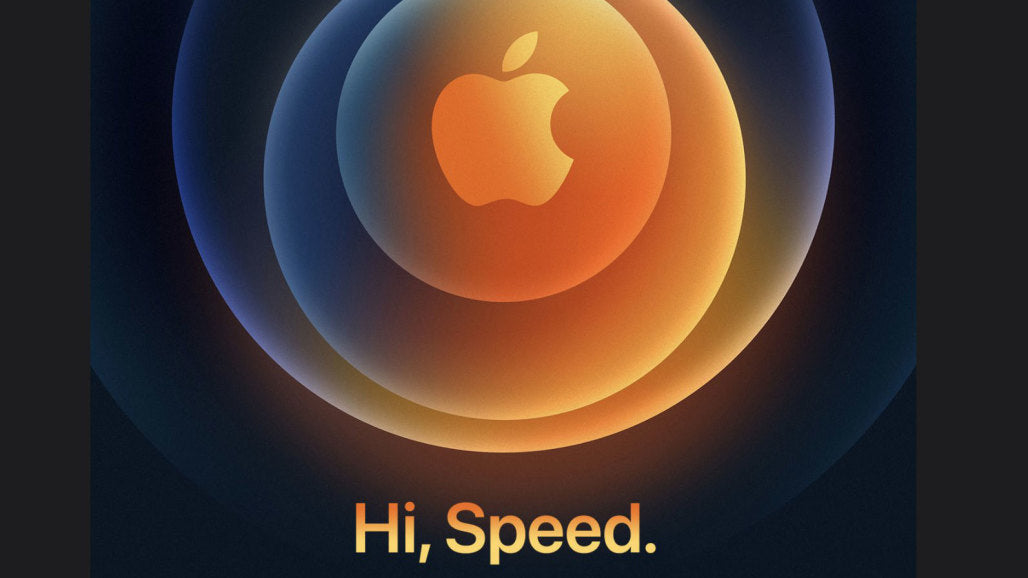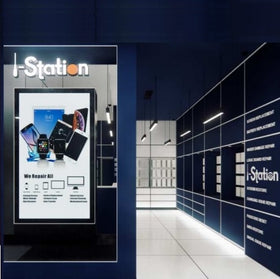
Do you really need an iPhone 12 in Australia?

The latest iPhone 12 lineup has landed with the most significant design change in three years, support for high-speed 5G cellular networks—and a “mini” model (5.4 inch) for those of us who have felt that these increasingly huge phones are getting harder to hold.
There are two new phones in Apple’s midtier range: the iPhone 12 ($1349) and iPhone 12 Mini ($1199). There are also two new models in the high end: the iPhone 12 Pro ($1699) and iPhone 12 Pro Max ($1849).
The focus of the event was 5G’s ultrafast network speeds, available on all the new iPhones. But that shouldn’t be your sole reason to upgrade, or necessarily your biggest reason.
Some of the more significant highlights of this year’s Apple handsets: cameras better suited for lowlight photography, tougher display glass, a faster chip and built-in magnets to align the phone with a wireless charger. The most expensive models, the iPhone 12 Pro and Pro Max, include additional camera capabilities—although those are mostly aimed at actual pros, or at least hard-core enthusiasts. As with every year, there’s a faster processor inside, and this year it’s the A14 Bionic Chip.
To me, the most exciting news was aimed at my fellow small-handed phone owners. The 12 Mini is even smaller, lighter and thinner than the iPhone 6 or iPhone SE, yet it has most of the features mentioned above.
Here’s a closer look at what is and isn’t upgrade-worthy in this year’s iPhones:
5G Connectivity
All of this year’s iPhone 12 models support 5G sub-6 networks and millimeter wave. The new cellular network is supposed to be blazing fast, up to 10 times speedier than your home Wi-Fi.
Until now, however, we haven’t seen enough evidence of 5G coverage across the country to feel confident that those speeds are what you’d experience if you bought these phones.
Improved Cameras
What’s unchanged: The midtier iPhones still have two cameras (wide and ultrawide), and the premium Pros still have three cameras (wide, ultrawide and telephoto).
However, there are incremental improvements depending on which model you buy. On the midtier iPhone 12 models and the iPhone 12 Pro, the “wide” (aka normal) camera lens has a larger aperture for better lowlight photography. And, for the first time, night mode, a feature that can take clear photos in dark situations without flash, works on the front-facing selfie camera and for time-lapse videos.
The more significant changes are to the Pro models. They now have a lidar scanner on board to sense depth by shooting out light beams into space. The scanner is really designed for augmented-reality experiences—Apple showed off interior designers moving 3-D furniture around a room—but there’s an added photography benefit, too. The depth data helps the iPhone 12 Pros autofocus faster, even in lowlight conditions, and you can now shoot night-mode portraits.
For photography buffs, the Pros are also capable of capturing, editing and shooting high dynamic range Dolby Vision video at 60 frames per second and, soon via software update, shooting in Apple ProRAW. If you don’t know what that means, then these iPhones are probably not for you.
The most-premium phone, the iPhone 12 Pro Max, has one standout feature: It has a more powerful telephoto camera, so that you can zoom in with an optical magnification 2.5X (vs. 2X on the 12 Pro and last year’s Pro models).
These changes, while relatively marginal to the phones’ look and feel, are certainly welcome. The design is more distinctively Apple, and besides, anything that makes the devices more resilient pays off in the long run.
MagSafe Accessories
For the first time, the new iPhones won’t ship with earbuds or power adapters. You might be disappointed by this, but Apple’s sustainability chief, Lisa Jackson, says the environmental impact is equivalent to removing “450,000 cars from the world per year.” The only accessory in the box is a USB-C to Lightning cable. Bring your own brick.
Instead, the new iPhones come with MagSafe, an array of embedded magnets on the back that are designed to work with a new ecosystem of snap-on accessories (read: a new revenue stream) made by Apple and friends. The magnets are intended to fix wireless charging’s biggest flaw: having to place the device on exactly the right spot for efficient charging.
Battery
Battery life is an area where Apple isn’t reporting any improvement. This is cause for concern, as 5G connectivity can require more power than 4G networks.
Apple says that the iPhone 12 has the same 17 hours of video playback and 65 hours of audio playback that the iPhone 11 had. The iPhone 12 is rated to stream video for an hour longer than its predecessor, however.
The Pro models’ battery life is also rated about the same as it was last year. The iPhone 12 mini has the smallest battery of the lineup announced today: Apple says it gets only 10 hours of streaming video and 15 hours of video playback.
In my view, Apple made a strong case to upgrade this year if 1) you’re looking for a smaller phone with premium features, 2) you care a lot about high-end cameras and visual options, or 3) you live under a 5G tower and want to benefit from your geographical advantage. Of course, we won’t be able to gauge these phones’ performance for real until we test them ourselves, so stay tuned for a review.

